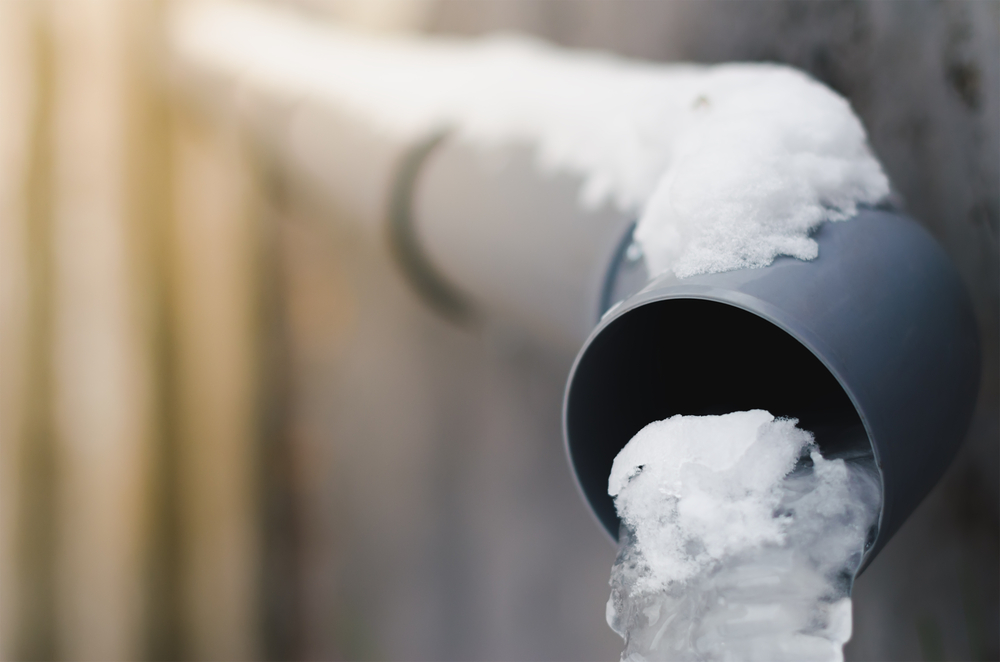Preventing Frozen Plumbing in Cold Weather: Critical Strategies
Call TodayThey are making a few good points relating to How To Avoid Freezing Pipes in general in this post on the next paragraphs.

Winter can wreak havoc on your plumbing, particularly by freezing pipelines. Here's how to stop it from taking place and what to do if it does.
Intro
As temperatures drop, the threat of frozen pipes increases, possibly causing expensive fixings and water damages. Recognizing just how to prevent frozen pipelines is crucial for property owners in cool climates.
Avoidance Tips
Protecting vulnerable pipes
Wrap pipelines in insulation sleeves or utilize heat tape to shield them from freezing temperatures. Concentrate on pipelines in unheated or outside locations of the home.
Heating methods
Keep interior areas sufficiently heated, especially areas with pipes. Open closet doors to permit cozy air to flow around pipelines under sinks.
Exactly how to identify frozen pipes
Search for reduced water flow from taps, uncommon odors or sounds from pipelines, and noticeable frost on revealed pipelines.
Long-Term Solutions
Structural modifications
Take into consideration rerouting pipelines far from exterior wall surfaces or unheated areas. Include additional insulation to attics, cellars, and crawl spaces.
Upgrading insulation
Buy high-grade insulation for pipelines, attic rooms, and walls. Proper insulation assists maintain regular temperatures and minimizes the risk of frozen pipelines.
Protecting Outdoor Plumbing
Garden tubes and exterior taps
Detach and drain pipes garden pipes prior to winter season. Install frost-proof faucets or cover outdoor faucets with insulated caps.
Understanding Frozen Pipes
What triggers pipelines to freeze?
Pipes ice up when exposed to temperatures listed below 32 ° F (0 ° C) for expanded durations. As water inside the pipelines ices up, it increases, taxing the pipe walls and potentially triggering them to burst.
Dangers and damages
Frozen pipes can result in supply of water interruptions, property damages, and expensive repair work. Ruptured pipelines can flood homes and create extensive structural damages.
Indications of Frozen Pipes
Recognizing frozen pipelines early can stop them from rupturing.
What to Do If Your Pipelines Freeze
Immediate activities to take
If you think frozen pipelines, maintain taps available to alleviate pressure as the ice melts. Use a hairdryer or towels soaked in hot water to thaw pipes gradually.
Verdict
Avoiding icy pipelines needs aggressive measures and quick actions. By recognizing the causes, signs, and safety nets, property owners can safeguard their pipes throughout cold weather.
5 Ways to Prevent Frozen Pipes
Drain Outdoor Faucets and Disconnect Hoses
First, close the shut-off valve that controls the flow of water in the pipe to your outdoor faucet. Then, head outside to disconnect and drain your hose and open the outdoor faucet to allow the water to completely drain out of the line. Turn off the faucet when done. Finally, head back to the shut-off valve and drain the remaining water inside the pipe into a bucket or container. Additionally, if you have a home irrigation system, you should consider hiring an expert to clear the system of water each year.
Insulate Pipes
One of the best and most cost-effective methods for preventing frozen water pipes is to wrap your pipes with insulation. This is especially important for areas in your home that aren’t exposed to heat, such as an attic. We suggest using foam sleeves, which can typically be found at your local hardware store.
Keep Heat Running at 65
Your pipes are located inside your walls, and the temperature there is much colder than the rest of the house. To prevent your pipes from freezing, The Insurance Information Institute suggests that you keep your home heated to at least 65 degrees, even when traveling. You may want to invest in smart devices that can keep an eye on the temperature in your home while you’re away.
Leave Water Dripping
Moving water — even a small trickle — can prevent ice from forming inside your pipes. When freezing temps are imminent, start a drip of water from all faucets that serve exposed pipes. Leaving a few faucets running will also help relieve pressure inside the pipes and help prevent a rupture if the water inside freezes.
Open Cupboard Doors
Warm your kitchen and bathroom pipes by opening cupboards and vanities. You should also leave your interior doors ajar to help warm air circulate evenly throughout your home.

Do you appreciate more info about Helpful Tips to Prevent Frozen Pipes this Winter? Make feedback directly below. We'd be delighted to find out your opinion about this piece. We hope that you come back again in the future. Sharing is nice. One never knows, you may very well be doing someone a favor. Thank you for your time. Revisit us soon.
Course Detail